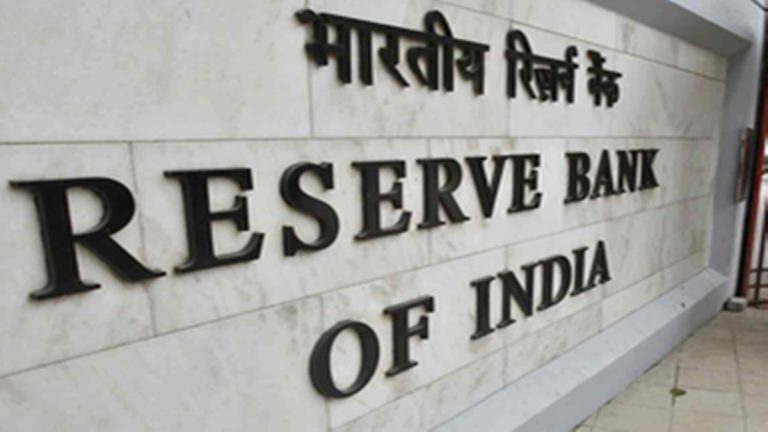Signalling India’s accelerating digital payments revolution, the Reserve Bank of India (RBI) on Monday announced that its Digital Payments Index (RBI-DPI) surged to 493.22 in March 2025, up from 465.33 in September 2024.
The RBI-DPI, introduced in January 2021 with March 2018 as the base period set at 100, is designed to track the extent of digitalisation in payments across the country. The consistent upward trend reflects India’s rapid adoption of digital payment systems, spanning both urban and rural areas.
According to the RBI, the latest increase is primarily driven by improvements in Payment Infrastructure – Supply-side factors – and Payment Performance. These include an expanded merchant acceptance network, wider adoption of QR code-based payments, robust growth in Unified Payments Interface (UPI) transactions, and improved availability of digital banking services nationwide.
This upward momentum highlights a broader transformation in the country’s payments ecosystem, supported by government initiatives such as Digital India, growing smartphone penetration, and active fintech innovation.
The RBI-DPI has shown steady growth since its inception. In March 2019, it stood at 153.47, rising to 207.84 by March 2020. By March 2022, the index had reached 349.30 – a more than threefold increase from the base year.
It continued to rise, recording 445.50 in March 2024 and 465.33 by September 2024. The current level of 493.22 in March 2025 marks a more than fourfold increase in digital payment activity since 2018.
As India moves closer to becoming a digital economy, the RBI-DPI is expected to play a crucial role in policy formulation and benchmarking progress. The latest surge also comes as a positive sign amid global concerns about digital inequality and access to financial services.
(ANI)










